Glemham Hall
Discover Glemham Hall in Suffolk, an Elizabethan country house with a history stecthing back for centuries. Now let as historic holiday accommodation, Glemham is a great base for exploring nearby Tudor history.
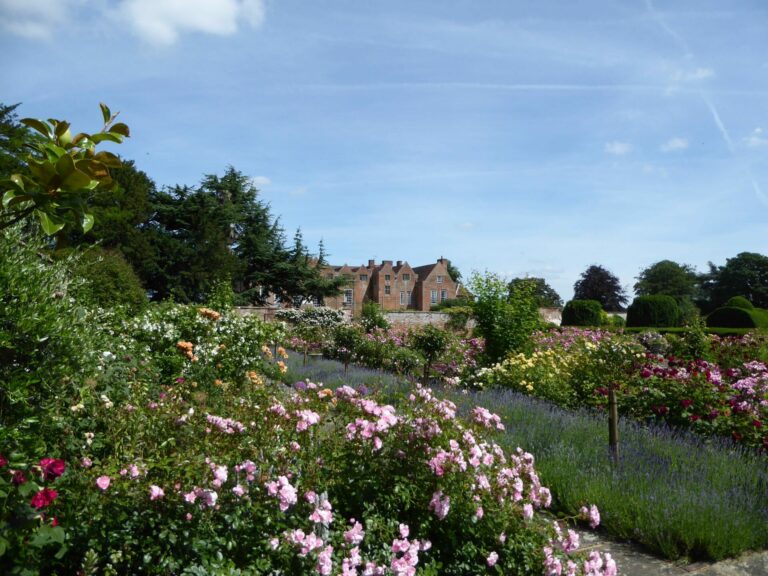
Discover Glemham Hall in Suffolk, an Elizabethan country house with a history stecthing back for centuries. Now let as historic holiday accommodation, Glemham is a great base for exploring nearby Tudor history.
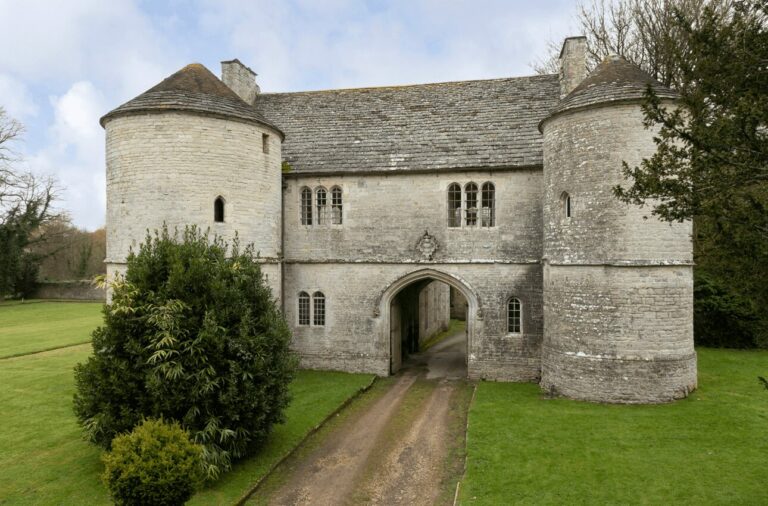
Discover Wolveton Gatehouse in Dorset. Once a grand entrance to the now-lost Wolveton House, this stunning structure is available to let as historic holiday accommodation.
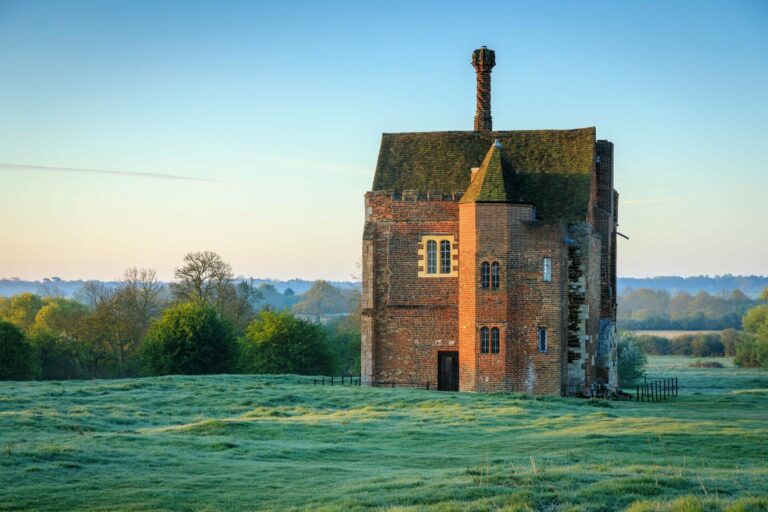
Discover Warden Abbey in Old Warden, Bedfordshire. This remarkable property is the only surviving fragment of a once-grand Cistercian monastery, originally founded in 1135. Today, it provides a rare opportunity to stay in a piece of living history – combining the charm of medieval architecture with modern comforts.
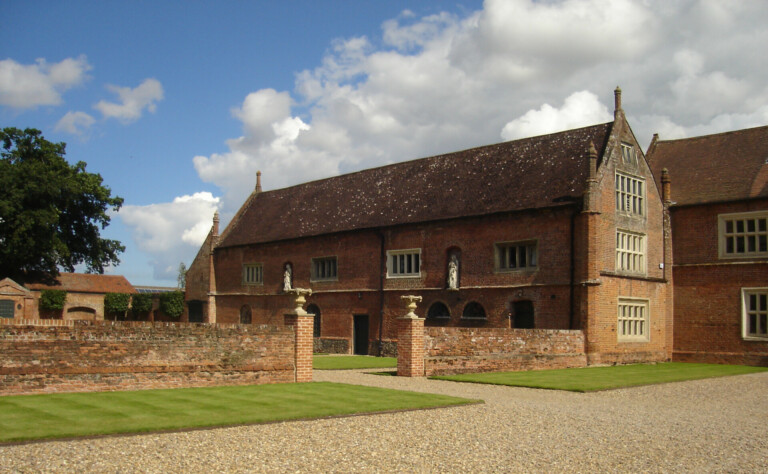
Discover Oxnead Hall, home to the Paston family from the 1400s to the 1700s. Famous for the Paston Letters, one of the most significant collections of personal correspondence from medieval times, over 1000 letters from that period were found at Oxnead in 1735.
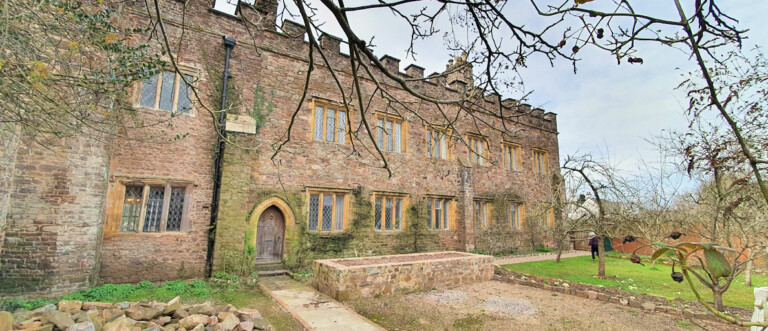
Tiverton Castle was an important seat of power in Devon, often associated with the Earls of Devon (the Courtenay family), who lived in the castle from 1293-1556. Today it offers a range of self-catering accommodation for groups of 2-6 guests.
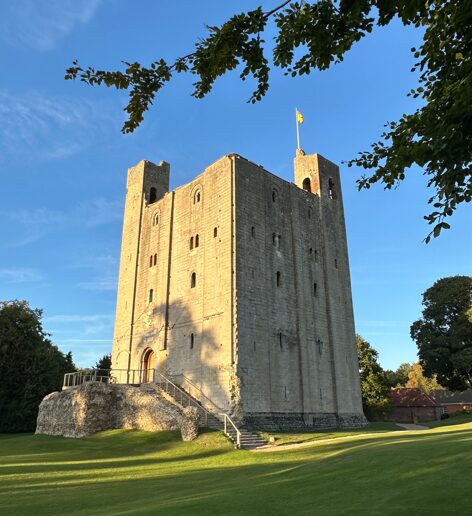
Hedingham Castle,in Essex, stands as a stunning and well-preserved example of Norman architecture. Now privately owned by descendants of the de Vere family, there is exclusive accommodation for overnight stays.
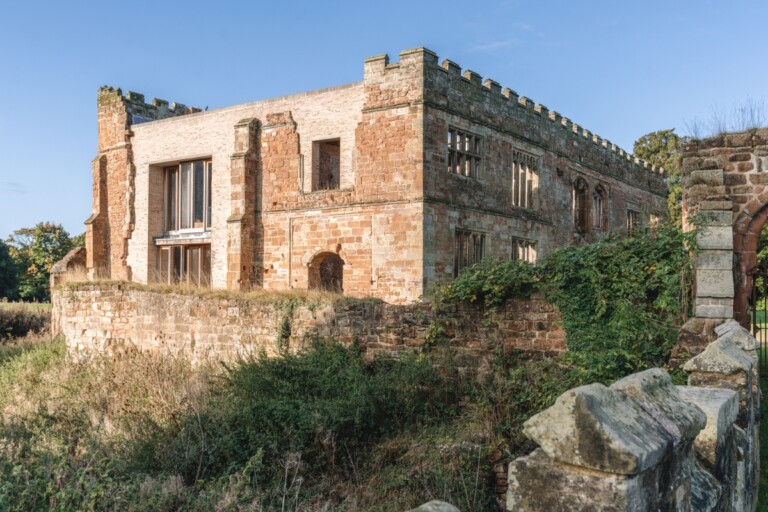
Managed by the Landmark Trust, Astley Castle serves as a unique rental property, offering guests the opportunity to enjoy modern comforts within a historic setting. The large windows provide scenic views of the Warwickshire countryside and the castle’s partially preserved moat.
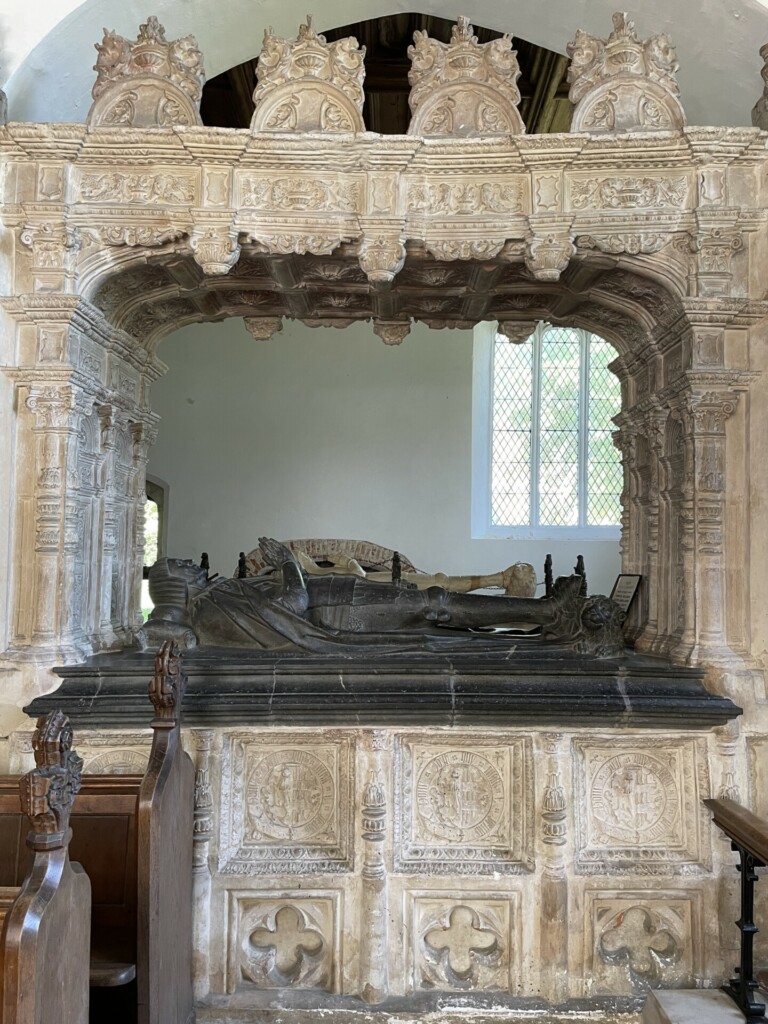
Name and Title: Sir Ralph Sadler.
Born: 1507 in Hackney, London.
Died: 30 March 1587 at Standon, Hertfordshire.
Buried: St Mary’s Church, Standon, Hertfordshire.
Read more and see images of the tomb here…
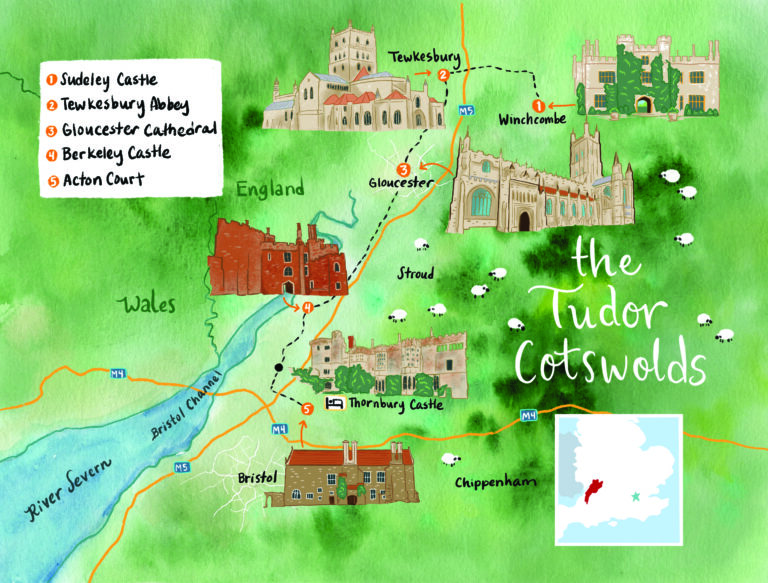
In this guide, we travel to the Cotswolds, an area of outstanding natural beauty (AONB). In the Tudor period, the Cotswolds were renowned for supplying the best quality wool in Europe. Today, picture-perfect villages and lush, rolling hillsides surround some incredible Tudor places. Let’s go time travelling!
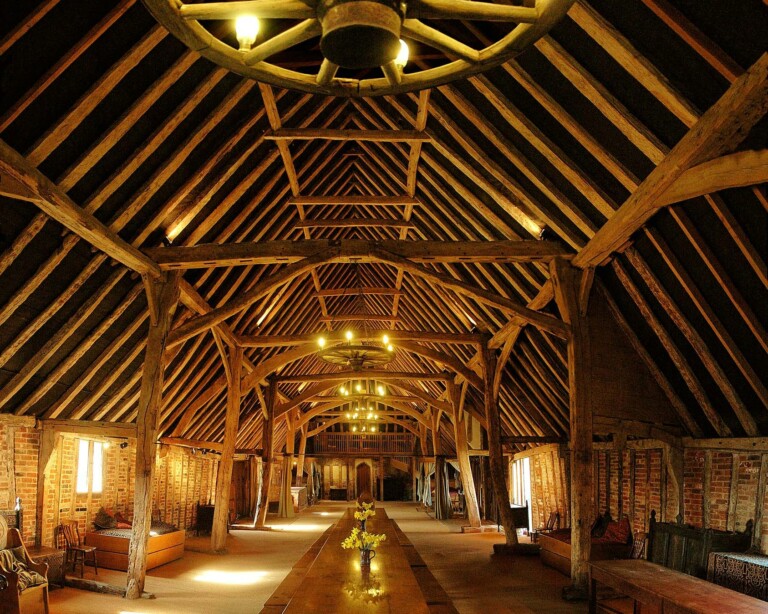
Milden Hall is renowned for preserving one of England’s finest examples of a sixteenth- and seventeenth-century farmyard. This historic estate now offers authentic luxury holiday accommodation for large groups.